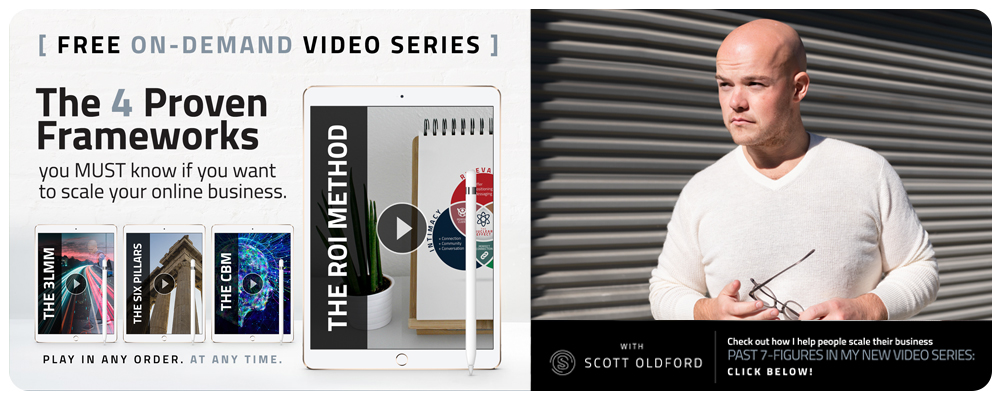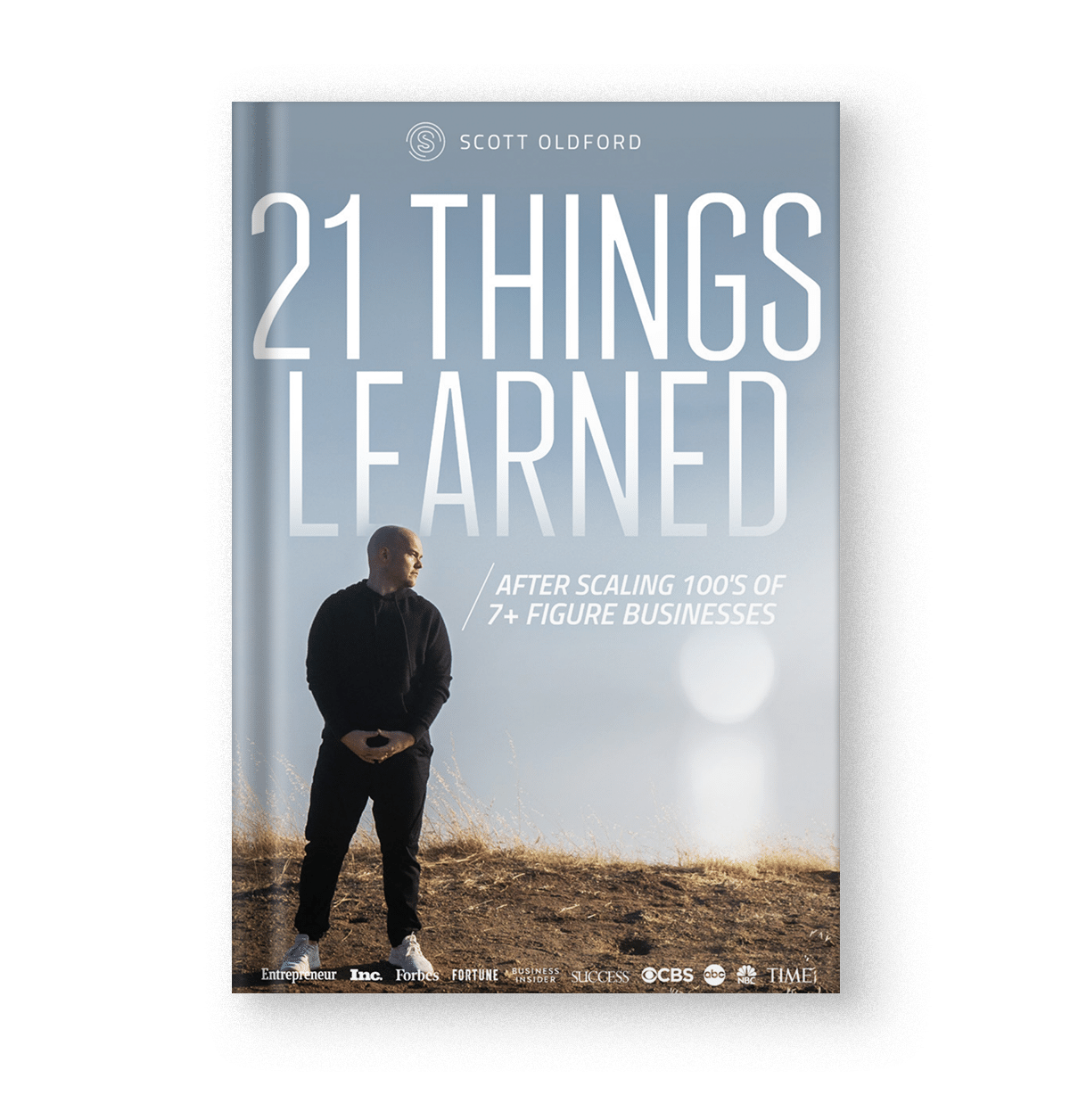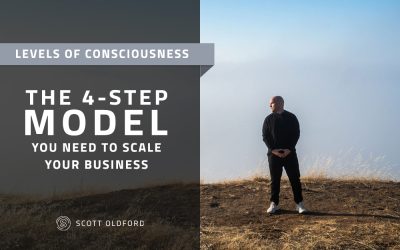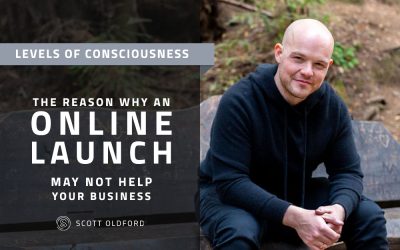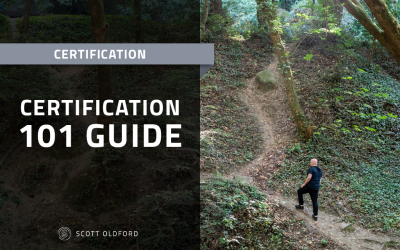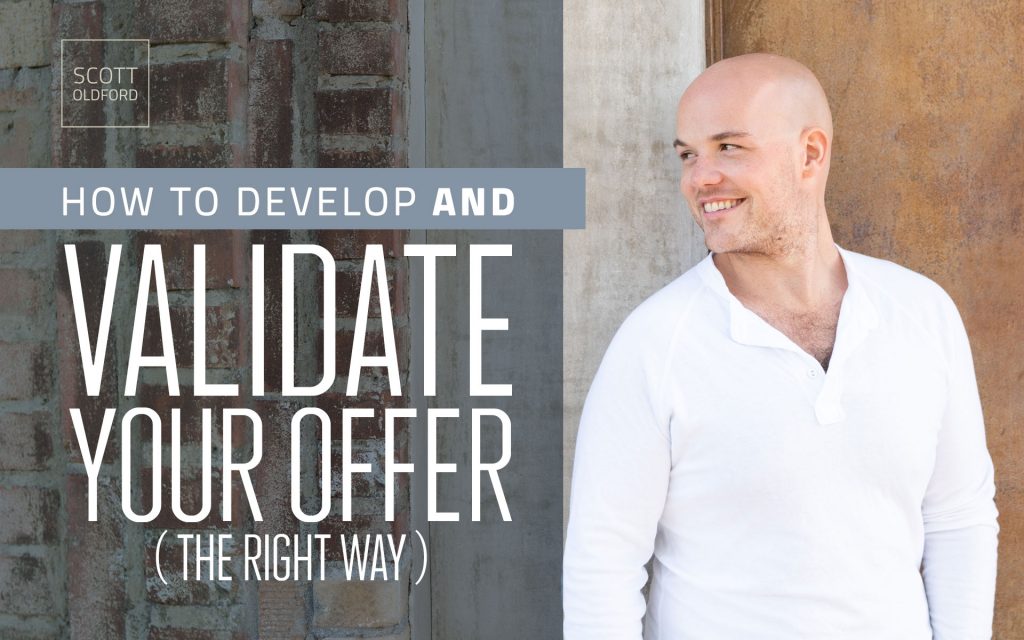
You should already know it by now.
Crafting the right offer isn’t easy.
You need to provide a good return on investment for your clients and make it profitable and scalable so you can grow your business and provide the perfect win-win situation.
And you may not be able to do it the right way from the start. That’s why you need to understand how to validate your offer before you spend countless hours developing them.
In this post, you’re going to discover both: how to develop the right offer and how to validate it the right way. Having created dozens of offers myself and having helped hundreds of entrepreneurs develop and validate their 7-figure & even 8-figure offers, I’ve learned a lot of the dos and don’ts of offer-crafting, and I’d like to share that knowledge with you.
The 6-Step Process to Develop Your Offer

By reading the previous post about how to create an irresistible offer, you learned the 8 characteristics to develop an offer your audience can’t resist.
You probably have an idea about what your offer might look like, but to make it more practical, here’s a six-step process to help you to systematically develop the right offer.
This will also be beneficial if you already have an offer and want to create a new offer because your old one is non-scalable.
Because eventually the more offers you make, the more money you’re going to make. If you don’t have another offer in the works, then you’re going to become just another “nice guy” in the industry, and we all know how nice guys finish.
I don’t want you to end up like that. You need to develop an irresistible offer.
Here’s how to do it the right way. Make sure to write the next steps down and go through this exercise to develop and understand what your offer needs to be. You need to take this very seriously so that you can come up with a concrete offer.
What Is Your Offer Outcome?
Yes, I’m talking about the outcome of your course again.
If you haven’t done it already, start by writing down what the outcome of your offer is.
Let’s take my ROI Method Course as an example.
What’s the outcome you’ll get when you purchase my course? You’ll be able to implement the ROI method, so you will be more relevant, omnipresent, and intimate, which is going to increase your leads and sales without actually spending more money.
And don’t forget to get specific with your outcome.
What Is The Pain Solved?
What is the core pain that you’re solving? You need to think about it from the perspective of something treated with a painkiller rather than a vitamin, as I said in the previous post.
You need to make sure that you can clearly articulate how your offer is a painkiller.
So for example, with the ROI Method Course, the pain that’s being solved is the fact that people don’t know how to market their products. They don’t know how to sell their products. They don’t know how to scale their business, because they’ve never done it before.
Also because, more than likely, they haven’t read a ton of books on psychology. They haven’t scaled a bunch of seven-plus-figure businesses like I have, over and over and over again.
The pain is the fact that you want to not have all of these different courses and programs to be able to scale your business. People want a single, clear solution.
So make sure to go back to the section about painkillers vs vitamins and have the pain articulated clearly.
What Must Happen to Solve the Pain?
What needs to happen in the life of your customer to solve that pain? What needs to happen in their business?
Write it out.
It might be the fact that they need to get their finances in order, work out five times a week, or sit down with their significant other and have a difficult conversation.
It could be any number of things. So think about what must happen so they can solve the pain they have and thus achieve the outcome they’re seeking.
What Do They Need in Order to Fix the Problem? (And What Do They Think They Need?)
What do your clients need in order to achieve the ROI they want, and what has to happen in order for you to guarantee that it will happen? In other words, how can you help them achieve this result?
Do they need group coaching? Do they need a one-on-one call with you? Do they need a group call with you and other people? Do they need support in a Facebook group? Do they need just the information?
You need to think about this very clearly and then see what’s actually in alignment with what they want.
Now you may get to that point and be like, “Well yeah, of course, they’re going to need one-on-one with me.” Which brings us to the following question: What type of offer do you want?
It needs to resonate with you beforehand because the business doesn’t need to be boring. It can be (and should be) fun. This is how you think long-term and achieve your results faster.
So think about what they need to fix the problem (and what aligns with you), and then look at what they actually want.
Someone might want something in your offer that you could give to them, even though they don’t need it. But they want it, and your competition might have it, and they think it’s a huge value, so you need to address it.
Here’s an example: I used to run a program, and it costed $10,000. People used to get on a phone call every single week with a coach. They 100% did not need that at all.
When I ran a program very similar to that, I did small groups. It had a higher success rate than just one-on-one phone calls.
But people wanted that. They talked to me and told me that they wanted that, I gave it to them and then we transitioned. We got similar success rates when we updated that program.
In the end, you give them what they need, just like the carrot cake and the cooked carrots. You show what they want, but then you give them what they need.
What Is The Most Effective Way To Deliver Your Offer?
What’s the best delivery method to help them get to the place where they solve that problem and are able to get the outcome that your offer promises?
Is having a Facebook group going to help with communication? Do they need in-person group meetings where you get to meet them in person and actually help them get the outcome they need?
Or do they just need a do-it-yourself course? Could that be the best thing for their current circumstances to get them where they need to be?
You need to think about this for some time. This is how you create a great product. In fact, I would say that this is great product 101.
Can Your Ideal Customer Afford It And Implement It?
The last question to ask yourself is can your ideal customer actually afford the price that you’ve set?
In other words, it’s all good and well that you’ve put the different pieces together, and you can help your audience achieve the result, but can they actually invest $10,000 in your product?
You could create the best product there is for $10,000, but that doesn’t mean people are actually going to buy it.
You need to be able to strike the right balance. Can they pay the money? Do they have the ability to implement?
I had a client who had a $50,000 program. The problem wasn’t in the price of the offer, but in the fact that it used to cost another $50,000 to implement what’s in the program in the first 3 months.
It was a massive problem because, yes, people could pay the money upfront for the program, but they couldn’t implement it because of the extra resources needed in the form of time and money.
So you need to have this in mind and have your customer journey in front of you. Understand where they’re at, their vision, and what they need to do to reach their goal.
Play with your delivery and the value you can deliver to strike the right balance and help them achieve the outcome they want.
By the end of these questions, you should have written down the outcome you’re promising, the pain you’re solving, your delivery method, and what it looks like to a potential customer.
It’s a simple process. This is where the money is made, and this is how you develop a really great offer.
Make sure to look at the 8 aspects of an irresistible offer to make sure that you have all of these in order.
Once you’ve developed an offer, the next step is to…
Validate Your Offer – How to Do It the Right Way
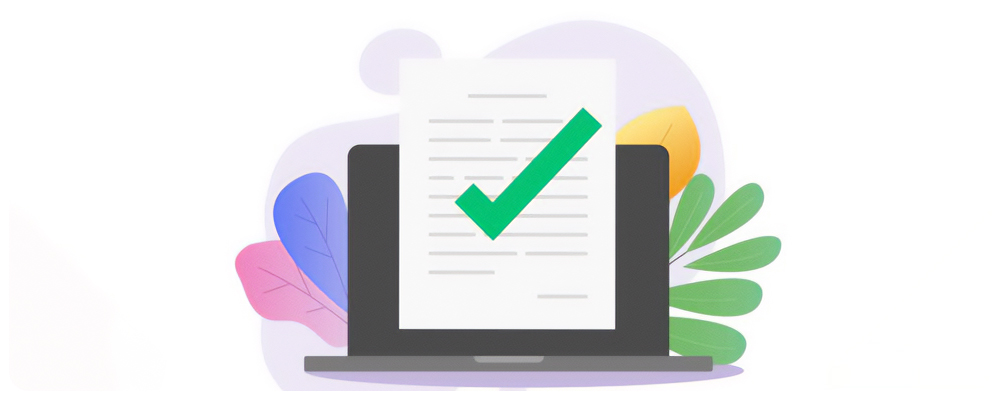
Now that you’ve developed an offer, you still have to test it to see if it’s a strong one. You should assume that it isn’t until you’ve proven otherwise.
That’s why you need to start validating your offer once you have an idea of what it should be.
In this section, I’ll talk about how I’ve validated every single offer I’ve ever put out. If you don’t have an audience, you might need to tweak it a little, and I’ll tell you how to do that at the end.
What Is an MVP? (And How to Launch Your MVP)
An MVP is a minimum viable product. If you’re reading this article, then you have a sense of what an MVP is.
But I want to give you an idea of what this looks like for me.
Whenever I’m launching a new product, I just create a Google Doc that contains the details of the offer.
Something that looks like this…
Nothing fancy here. This was the document that helped me launch a multi-million-dollar, high-ticket offer.
After I have the document with the offer details and the commitment needed, I then put it out to my audience and see if this is something that they want or not.
You go to them saying something like “Hey, I’m doing something really cool. I’d love to know if you’re a part of this,” and I’m going to give you examples on what that looks like. Or you can do something along the lines of, “Hey, I’m thinking about this, would you be interested?”
This is how I launched my messenger bot company in 2017. I went to my email list of less than a thousand people and I got people who were willing to pay me $1,000 to help them build a bot.
Within 24 hours I had 16 people give me $1,000, and that was the start of that business, which ended up doing almost a million dollars and which was successfully sold later on.
I just recently did the same for an event for the Nuclear Effect Course.
Using a Google Doc file, I was able to get 18 people to pay me $4,000 to be able to come to it. Just a simple Google Doc file with no fancy sales page or anything. I haven’t even developed or created any of the course content yet.
And from there you start to develop your offer as you deliver.
For example, for my event, I have an idea about what I’m going to deliver; it’s a three-day deal and I’m going to deliver this whole experience over the course of those three days. Whereas when I did the bot company, it was more like “here’s what you’re going to get.” And we developed it as time went on.
Yes, it will be a little bit of a stretch if you’re the analytical type who wants everything to be developed beforehand. But this is the best way to get started, make money, and develop the right offer for your customers. You don’t always know what exactly they want.
Here’s what you actually need instead of perfection to develop better offers when you’re just starting out.
Intimacy > Perfection
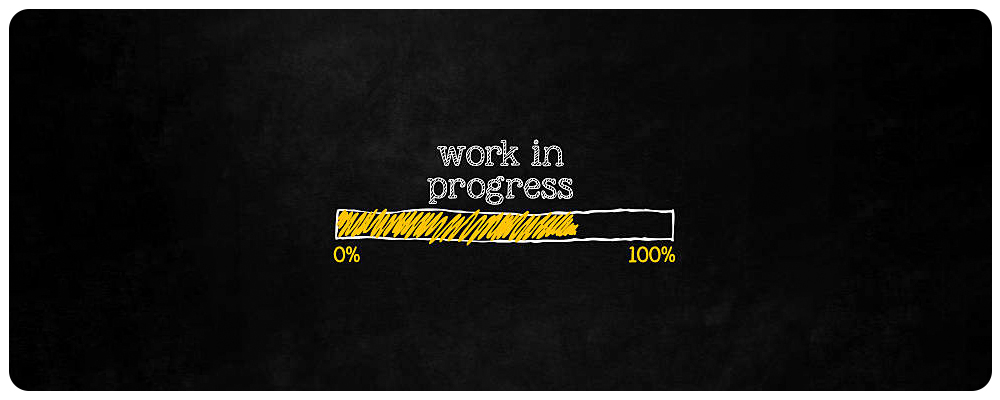
Most of the time, entrepreneurs fail when they try to be perfect.
The same thing happens when you wait to launch your offer until it feels like the right time.
To give you a rule of thumb to avoid waiting for too long, if you feel good putting something out, then you waited too long.
While it’s good to be responsible and create a high quality product, especially when you’re offering a very high ticket offer, you’re better served by being real, open, honest, and vulnerable with people than you are trying to be perfect.
When you try to be perfect, you set yourself up for failure. Things will slip up anyway. And if you’ve presented yourself or your program as perfect, then there will be broken expectations.
What you should do instead is be more intimate and allow a greater level of connections and sharing of your true self. This will make your mistakes turn into powerful, valuable insights and opportunities for growth of both of you and your clients.
Later on, you will be able to add all the other fancy elements and make it look sexy and have automations and make it world-class. But in the beginning, if you don’t just get it out and add YOURSELF in the offer, then you may never reach that stage and be able to scale your business.
So what should you do after you do your first imperfect launch?
What to Do After Your First Launch

So, after you launch your MVP and start delivering, you’re going to have a new 12-week program, or a membership, or whatever product you created. The next thing to do is launch it a second time.
What you’re going to do now is repackage what was in the Google Doc onto a sales page. You’ll provide a little more information. Maybe you’ll add a video. You may have some testimonials and proof that you could add to that page.
What you’re going to do is link this page back to your email list and put it on your social media platforms. You’re basically going to relaunch it to your audience, but do it a little bit more professionally on a bigger scale and accept more people.
Yes, you may want to go evergreen, but when you’re doing something new, you have to launch it first. Because if you don’t launch it, you won’t know if it’s going to work.
You’re not going to create a full funnel yet. All you’ll do is create a slightly more polished sales page to send people to.
What this is going to do is allow you to get to the point of having an offer that you can actually scale.
When you do it the first time, you’re going to get the hottest people in your audience to say yes.
The second time around, you’re going to get the people that may have been on the fence the first time and those who need a more polished and proven offer.
This time you’re going to have both a polished offer and a polished marketing plan that you can put back into the actual market and see the feedback and make sure that your offer aligns with your ideal customer.
Once you can validate it and get more sales, you’re ready to go full-scale and create a funnel and start spending money and time to scale this offer.
What If You Have No Audience?
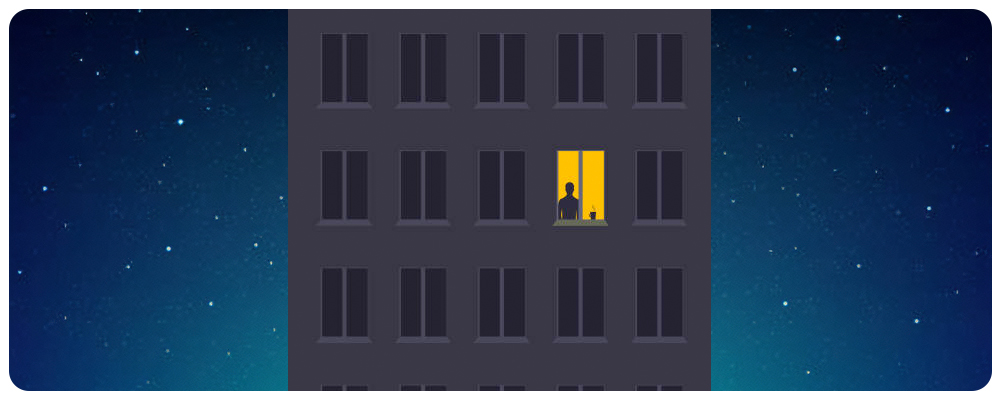
The process may be a little different if you have no audience.
Before you create your offer, you’ll need to do some audience-building. You may need to go and do some lunches and dinners with some ideal customers, hold a small 30-40-person free event, and start your email list.
You’ll need to start building your audience, provide value, and start doing some partnerships with other entrepreneurs to grow your audience.
You don’t need to have thousands of people to launch your offer. I launched my bot company for less than 1000 subscribers.
Once you have a small audience, get your MVP out there, make some money, and start developing your offer with your audience. Launch it again, make more money, and now you have a proven offer that’s ready to scale.
I will go into more detail about traffic and building your audience in the upcoming posts, so stay tuned for that 🙂
How to Remove Yourself From Product Delivery

This is a little bonus that I wanted to go over here to set you up for success when you want to scale your offer.
As an entrepreneur, a time comes when you want to scale, and you start wondering “How can I trust someone else to deliver my service or product? There’s no way it will be as good, and people won’t buy it, because it’s not me.”
But here’s the bad news that I want to tell you. As an entrepreneur, you are actually not the best person to help your customers. Yes, you have the ability to articulate your problems, create methods, be creative, and be the leader.
But when it comes to being a coach or a mentor or the person recording content or anything in between, you probably weren’t created for that.
Someone else can do that more professionally than you, and that person probably isn’t an entrepreneur. But they can help your customers using YOUR method and the process that started out inside your head.
The ability to remove yourself from delivery comes down to two parts. The first is mindset, which I just tackled, and the second is hiring that person that I was talking about.
Chances are if you have an online business, there are people following you today that are looking for something extra. They would love to work with you as well.
When the time comes when you know you can’t scale anymore, it’s time to bring in support to help with your programs, products, and services.
But before that, you need to have the methodology down so you can have others provide the same experience (if not better) for your customers. You should have this already before you start your offer creation.
Once you do this, it allows your team to deliver a world-class experience and deliver the intended outcome in a systematic way for every customer.
Doing this will unleash your ability to scale your business even further. Using the ROI method will bring more customers to your business, and the people you hire will deliver the goods while you focus on making decisions about how to grow your business even further without being overwhelmed or burned out.
When you design your products so that they’re all about your client, their goals, and their journey, you set your business up for massive success.
This is what the best companies in the world do, they’re customer-focused, and you can join them by designing your offers to deliver powerful, ongoing results (or value or transformation) to your clients.
You too can build a successful business and scale it past 7 figures, providing the best services for your customer in a fun way.
